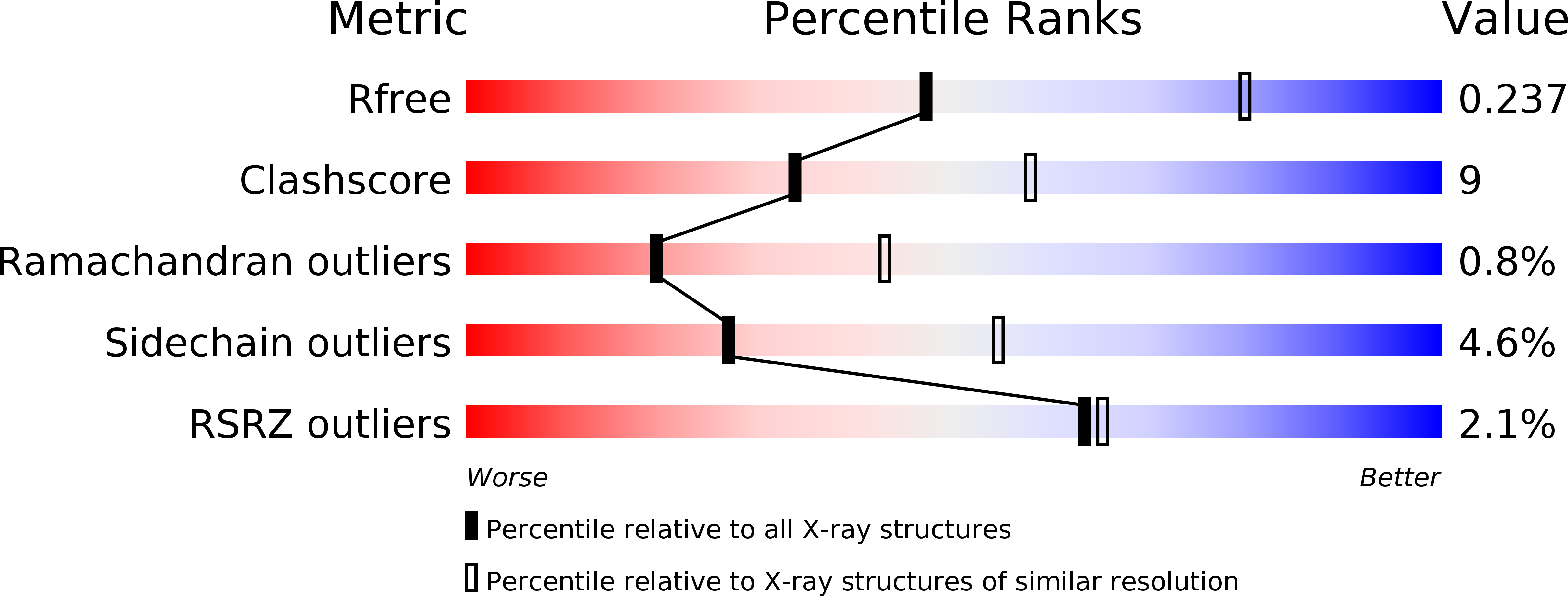
Deposition Date
2009-12-15
Release Date
2010-12-08
Last Version Date
2025-03-26
Entry Detail
PDB ID:
3L2Y
Keywords:
Title:
The structure of C-reactive protein bound to phosphoethanolamine
Biological Source:
Source Organism:
Homo sapiens (Taxon ID: 9606)
Method Details:
Experimental Method:
Resolution:
2.70 Å
R-Value Free:
0.24
R-Value Work:
0.22
R-Value Observed:
0.22
Space Group:
P 41


